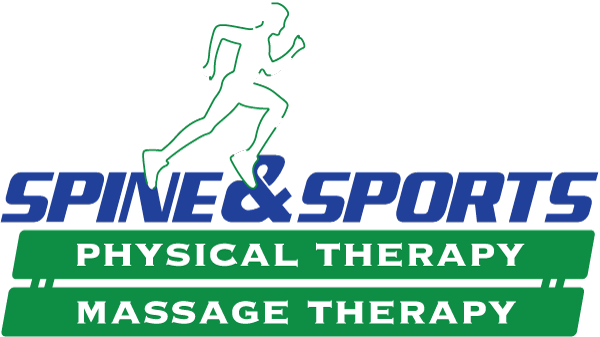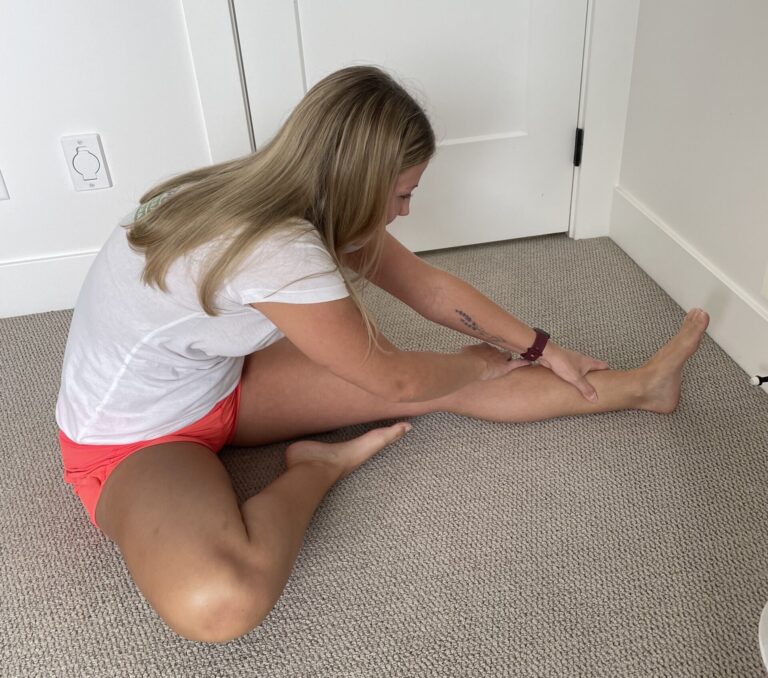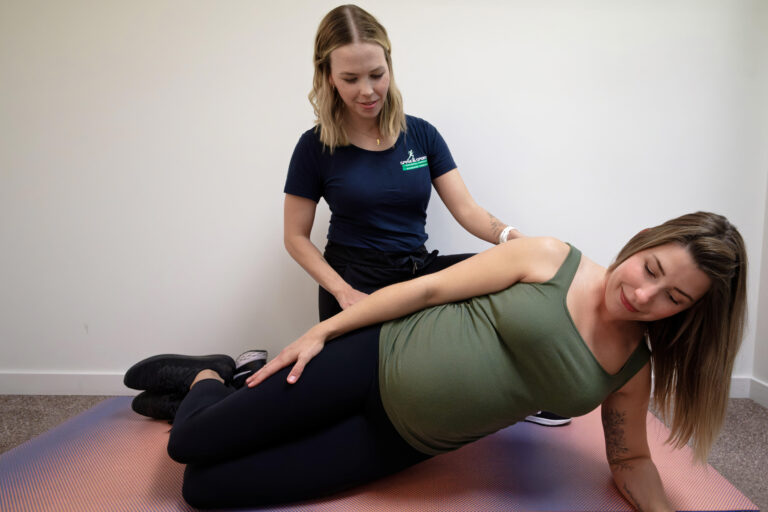Bell’s palsy is a condition characterized by sudden, temporary weakness or paralysis of the muscles on one side of the face. This condition results from inflammation or compression of the facial nerve, which controls the muscles responsible for facial expressions, as well as functions such as blinking and smiling.
Symptoms
- Sudden weakness or paralysis on one side of the face
- Drooping of the mouth and eyelid on the affected side
- Inability to close the eye** on the affected side
- Loss of facial expressions such as smiling or frowning
- Drooling *Difficulty eating or drinking
- Decreased sense of taste
- Increased sensitivity to sound in one ear
- Pain or discomfort around the jaw or behind the ear on the affected side
Physiotherapy exercises can be beneficial for individuals with Bell’s palsy. Here are some commonly recommended exercises:
Facial Muscle Exercises
- Eyebrow Lift: Try to raise your eyebrows as high as possible. Hold for a few seconds, then relax.
- Forehead Wrinkle: Wrinkle your forehead by raising your eyebrows and hold for a few seconds.
- Eye Closure: Gently close your eyes and squeeze them tightly, then open them wide. Repeat this several times.
- Nose Wrinkle: Try to wrinkle your nose by flaring your nostrils.
- Smile: Try to smile as widely as possible, showing your teeth. Hold the smile for a few seconds before relaxing.
- Lip Pucker: Pucker your lips as if you are about to whistle. Hold for a few seconds, then relax.
- Cheek Puff: Puff out your cheeks by blowing air into them and hold it for a few seconds before releasing.
- Lip Stretch: Stretch your lips by moving them to one side of your face and then the other.
Additional Tips
- Warm Compresses: Applying warm compresses to the affected side of your face can help reduce pain and improve circulation.
- Consistency: Perform these exercises several times a day, every day, to see the best results. Consulting with a physiotherapist for personalized advice and to ensure you’re doing the exercises correctly can be very beneficial.





